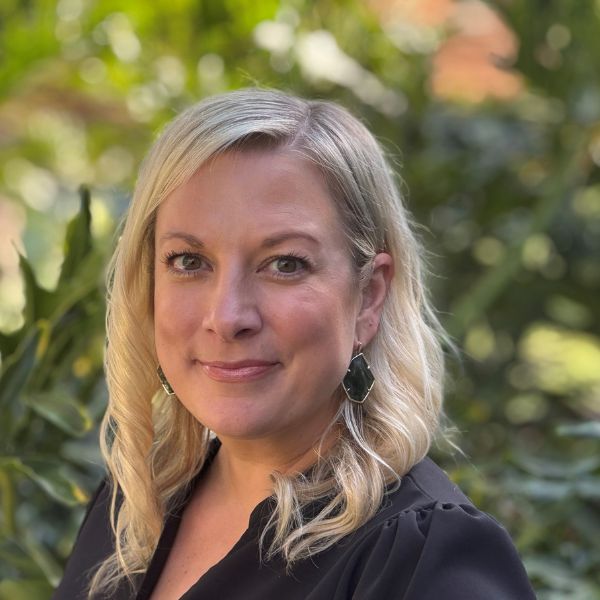Silent Mass Disasters: Evidence Based Strategies for Implementing New DNA Technologies for Missing Persons Programs Workshop
Home » Silent Mass Disasters: Evidence Based Strategies for Implementing New DNA Technologies for Missing Persons Programs Workshop
- Workshop
Silent Mass Disasters: Evidence Based Strategies for Implementing New DNA Technologies for Missing Persons Programs Workshop
- September 21, 2023 //
- 1:00 pm -
- 4:00 pm //
- Hyatt Regency at the Colorado Convention Center, Mineral Hall DE
Description:
Every year, 4,400 unidentified bodies are recovered in the US, according to the National Missing and Unidentified Persons System (NamUs). National databases like CODIS provide a powerful framework for linking repeat crimes and providing leads to the identity of individuals who have left biological evidence at crime scenes. However, the same database is underutilized to identify unidentified human remains (UHRs); only ~1% of cases are resolved. For minority, native and indigenous peoples, particularly women and girls, the statistics are significantly lower because of a combination of database representation and reporting. Despite the advancements in high resolution next generation sequencing (NGS) capabilities and forensic investigative genetic genealogy (FIGG), the vast majority of missing persons cases do not avail of its benefits. As a result, missing persons programs throughout the United States and beyond have relatively low success rates and do not have a cost-effective and standardized approach to address this “silent mass disaster”.
This workshop, consisting of academic experts, forensic practitioners and medical examiners, will review established and emerging methods to associate UHRs to families, discuss considerations and practices for expanding database utility for underserved populations and strategies for operationalizing an end-to-end small, large-scale or national programs for the identification of UHRs.
Learning Outcomes:
- Gain knowledge on innovative strategies for implementing missing persons programs
- Understand scientific and technical considerations for implementing FIGG in a crime lab or in a coroners office
- Learn about the challenges associated with cases nationwide as well as with indigenous missing persons investigations and the DNA approaches that can be applied to the identification of indigenous remains
- Inform laboratories and organizations on how to scale missing persons programs effectively
Intended Audience:
- Forensic scientists and Criminalists
- Medical examiners
- Forensic anthropologists
- Genetic genealogists
- Missing persons advocates
Description:
Every year, 4,400 unidentified bodies are recovered in the US, according to the National Missing and Unidentified Persons System (NamUs). National databases like CODIS provide a powerful framework for linking repeat crimes and providing leads to the identity of individuals who have left biological evidence at crime scenes. However, the same database is underutilized to identify unidentified human remains (UHRs); only ~1% of cases are resolved. For minority, native and indigenous peoples, particularly women and girls, the statistics are significantly lower because of a combination of database representation and reporting. Despite the advancements in high resolution next generation sequencing (NGS) capabilities and forensic investigative genetic genealogy (FIGG), the vast majority of missing persons cases do not avail of its benefits. As a result, missing persons programs throughout the United States and beyond have relatively low success rates and do not have a cost-effective and standardized approach to address this “silent mass disaster”.
This workshop, consisting of academic experts, forensic practitioners and medical examiners, will review established and emerging methods to associate UHRs to families, discuss considerations and practices for expanding database utility for underserved populations and strategies for operationalizing an end-to-end small, large-scale or national programs for the identification of UHRs.
Learning Outcomes:
- Gain knowledge on innovative strategies for implementing missing persons programs
- Understand scientific and technical considerations for implementing FIGG in a crime lab or in a coroners office
- Learn about the challenges associated with cases nationwide as well as with indigenous missing persons investigations and the DNA approaches that can be applied to the identification of indigenous remains
- Inform laboratories and organizations on how to scale missing persons programs effectively
Intended Audience:
- Forensic scientists and Criminalists
- Medical examiners
- Forensic anthropologists
- Genetic genealogists
- Missing persons advocates
Pricing:
- Early Registration$200
- Standard Registration (after July 15)$225
- Student Registration$125
Fee includes lunch and materials.
- Early Registration
- $250.00
- Standard Registration (after July 15)
- $295.00
- Student Registration$195.00
- $195.00
Workshop currently at capacity. A waitlist is available to join on our registration page.
none
Frederick Bieber
none
Kimberly Gin

none
Winters Reef Hardy
none
Haley Omeasoo
none
Rachel Oefelein
DNA Labs International (DLI)
Rachel Oefelein is currently the Chief Scientific Officer at DNA Labs International (DLI) and Laboratory Director. Since joining DNA Labs International in 2014, Rachel was instrumental in implementing STRmix™ for five profiling systems, rootless hair shaft testing, and Next Generation Sequencing in three profiling systems. She also innovated and implemented DLI’s successful SpentShell™ technology for fired cartridge casings.




